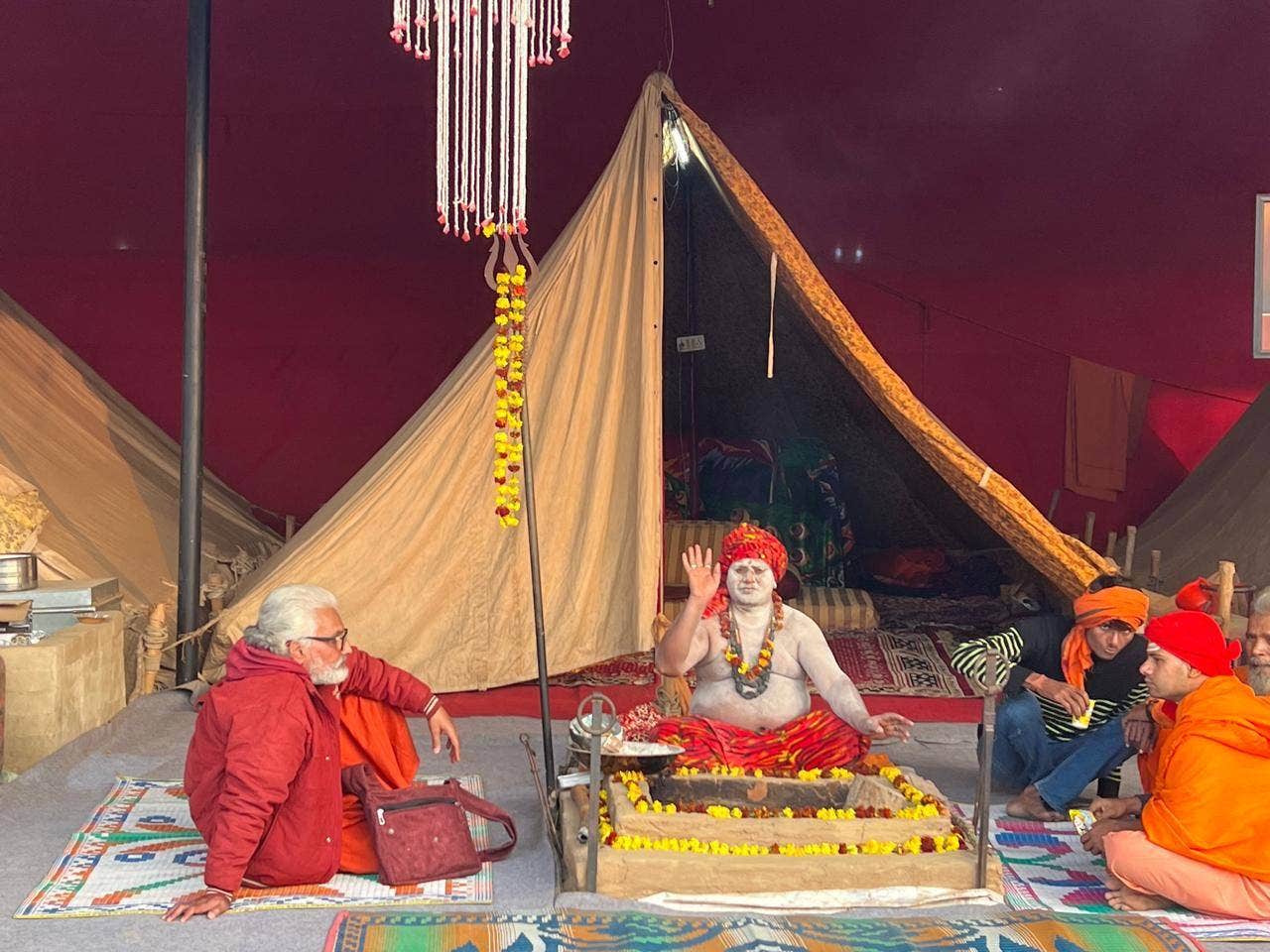Unprecedented Pilgrimage: Understanding the Scale and Significance of the Kumbh Mela
The Unprecedented Pilgrimage known as Kumbh Mela stands as one of the most extraordinary religious gatherings in the world. Every twelve years, millions of devotees, seekers, and curious tourists converge in India to participate in this massive festival, which spans 45 days. The Kumbh Mela is not just a religious event; it embodies the essence of faith, culture, and community, drawing individuals from diverse backgrounds, all united in their quest for spiritual enlightenment and renewal.
The Historical Roots of Kumbh Mela
The origins of Kumbh Mela are steeped in mythology and ancient history. According to Hindu tradition, the festival commemorates the cosmic battle between gods and demons over a pot (kumbh) of nectar. This nectar, believed to bestow immortality, was said to have emerged during the churning of the ocean (Samudra Manthan). In the ensuing struggle, four drops of nectar fell at four locations in India: Haridwar, Allahabad (Prayagraj), Nashik, and Ujjain, which are now recognized as the four sacred sites of Kumbh Mela.
Over centuries, Kumbh Mela has evolved into a grand spectacle, drawing not only Hindus but also people from all walks of life, including scholars, journalists, and tourists eager to witness this unprecedented pilgrimage. The festival is a vivid tapestry of rituals, cultural performances, and communal harmony, which highlights the rich spiritual heritage of India.
The Scale of Participation
Every Kumbh Mela sees participation numbers that are nothing short of staggering. In recent years, it has been estimated that anywhere from 30 to 60 million people attend the event over the 45-day period. For instance, during the 2013 Kumbh Mela in Allahabad, about 120 million pilgrims visited, making it the largest gathering in human history.
Such an influx of people brings unique challenges and opportunities. Managing logistics, sanitation, and safety for millions of attendees is a monumental task undertaken by local authorities and volunteers. This unprecedented pilgrimage not only tests the infrastructure of the hosting city but also showcases the resilience and spirit of community as countless volunteers work tirelessly to ensure the welfare of the pilgrims.
The Spiritual Journey and Rituals
For many pilgrims, the primary motivation for attending Kumbh Mela is the belief in the purifying power of the Ganges River and the sacred bathing rituals. Taking a dip in the holy waters is seen as a means to cleanse oneself of sins and attain spiritual liberation (moksha). The most auspicious bathing days, known as “Shahi Snan,” attract the largest crowds, with people eagerly waiting for their turn to immerse themselves in the river.
Aside from bathing, the festival is rich in rituals and spiritual practices. Devotees participate in:
- Puja: Ritualistic worship involving offerings to deities.
- Yagnas: Fire rituals that symbolize the creation of the universe and the offering of prayers to the divine.
- Discourse and Teachings: Religious leaders and saints often share spiritual wisdom through discourses, drawing crowds eager to learn.
Cultural Significance and Community Bonding
The Kumbh Mela is not only a religious pilgrimage but also a vibrant cultural festival. It serves as a melting pot of traditions, languages, and customs, where cultural exchanges flourish. Artists, musicians, and performers showcase their talents, enriching the atmosphere with art and entertainment. This unprecedented pilgrimage fosters a sense of belonging and camaraderie among participants, as they share experiences, stories, and meals.
Moreover, the event promotes social harmony and collective identity. People from different strata of society, irrespective of caste, creed, or economic background, come together in pursuit of a common spiritual goal. The sense of unity and shared purpose during the Kumbh Mela is a powerful reminder of the human spirit’s resilience and the universal quest for meaning.
Environmental Considerations and Challenges
Efforts have been made to promote sustainability, including:
- Waste Management: Initiatives to ensure proper disposal and recycling of waste generated during the festival.
- Water Conservation: Programs aimed at protecting the Ganges River and ensuring the purity of its waters.
- Awareness Campaigns: Educating attendees on environmental responsibility and the importance of preserving sacred spaces.
The Role of Technology in Modern Kumbh Mela
In recent years, technology has played an increasingly vital role in managing the Kumbh Mela. From crowd control to real-time communication, digital innovations are transforming the pilgrimage experience. Authorities employ:
- Surveillance Drones: For monitoring crowd movements and ensuring safety.
- Mobile Apps: Providing information about schedules, rituals, and amenities to facilitate a smoother experience for pilgrims.
- Social Media: Allowing participants to share their experiences and connect with others, thus creating an online community around the event.
Conclusion: A Journey Beyond the Pilgrimage
The Kumbh Mela is not merely a religious event; it is an unprecedented pilgrimage that embodies the richness of human experience, spirituality, and cultural diversity. As millions gather for this 45-day festival, they participate in a journey that transcends individual beliefs, fostering a profound sense of unity and shared purpose. The Kumbh Mela serves as a testament to the enduring power of faith and the collective human spirit, reminding us all of the deeper connections that bind us together in this vast world.
As we look forward to the next Kumbh Mela, it is essential to recognize its significance not only as a spiritual gathering but also as a celebration of culture, community, and our shared humanity.
See more BBC Travel World


